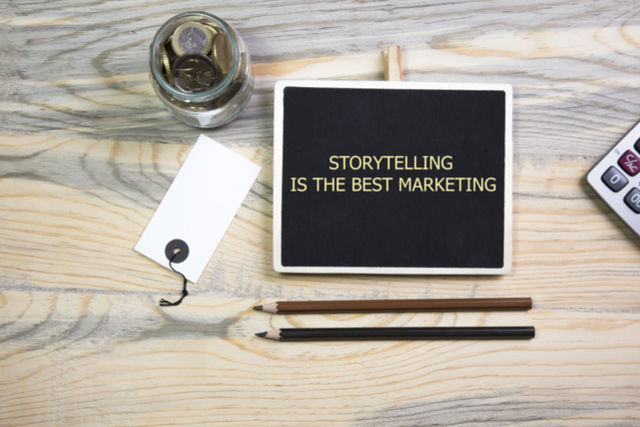Storytelling in Copywriting - Creating Emotional Connections that Drive Marketing Success
- Hannah Olaitan
- Aug 16, 2023
- 3 min read

In the fast-paced and ever-evolving world of marketing, one timeless truth remains: stories captivate the human heart and mind like nothing else. Enter the art of storytelling in copywriting—a strategic approach that goes beyond mere words on a page, transforming marketing campaigns into captivating narratives that forge deep emotional connections with the audience. In this article, we delve into the power of storytelling in marketing and how it can resonate with and engage audiences on a profound level.
The Science of Storytelling: Tapping into Human Psychology
From ancient cave paintings to modern blockbuster movies, storytelling has been an integral part of human culture. Neuroscientists have found that narratives trigger a chemical response in the brain, releasing oxytocin, the “feel-good” hormone that fosters trust, empathy, and social bonding. When applied to marketing, this phenomenon allows brands to establish an emotional bridge with consumers, effectively converting them from passive spectators into engaged participants.
The Elements of Compelling Brand Narratives
Crafting an impactful marketing story requires a delicate balance of creativity and strategy. Here are some key elements that contribute to a compelling brand narrative:
Relatable Protagonist: Every good story needs a relatable hero. In marketing, this hero is often the consumer. By placing the audience at the center of the story, brands create a sense of empathy and identification, making it easier for customers to see themselves benefiting from the product or service being offered.
Conflict and Resolution: Just like classic tales, effective marketing stories have conflict and resolution. The conflict represents the challenges the customer faces, while the resolution is how the product or service provides a solution. This structure not only engages the audience but also demonstrates the value of the brand’s offerings.
Emotional Appeal: Emotions are the heartstrings of storytelling. By tapping into universal emotions such as joy, nostalgia, or even fear, brands can evoke strong feelings that resonate deeply with the audience. These emotions create a lasting impression and help the brand stay in the consumer’s memory.
Visual Imagery: Words are powerful, but when combined with compelling visuals, they become unforgettable. Incorporating visual elements like imagery, videos, and infographics enhances the storytelling experience, making it more immersive and engaging.
Consistency and Authenticity: Authenticity is the cornerstone of effective storytelling. The brand’s values, voice, and message should be consistent across all touchpoints. Inconsistencies can disrupt the emotional connection and erode trust.
Case Studies: Brands that Mastered the Art of Storytelling
Several brands have successfully harnessed the power of storytelling to leave a lasting impact:
Nike: Nike’s “Just Do It” campaign isn’t just about athletic wear; it’s about the personal journey of athletes overcoming challenges and pushing their limits. This narrative of perseverance and triumph resonates with people from all walks of life, creating a powerful emotional connection.
Apple: Apple’s product launches are masterclasses in storytelling. They don’t just present new gadgets; they craft narratives around how these products will enhance users’ lives, igniting a sense of excitement and aspiration.
The Enduring Impact: From Consumer to Advocate
The ultimate goal of storytelling in copywriting goes beyond immediate sales; it aims to convert consumers into advocates. When customers feel emotionally invested in a brand’s story, they are more likely to share their positive experiences, becoming word-of-mouth ambassadors. These advocates not only help expand a brand’s reach but also establish trust with potential customers.
In conclusion, storytelling in copywriting is more than a marketing technique; it’s a vehicle for building genuine connections. By weaving narratives that resonate with the audience’s emotions, marketers can transcend the transactional and enter the realm of long-lasting relationships. As the marketing landscape continues to evolve, the timeless art of storytelling remains a steadfast and powerful tool for brands to stand out, engage hearts, and create lasting memories.







Comments